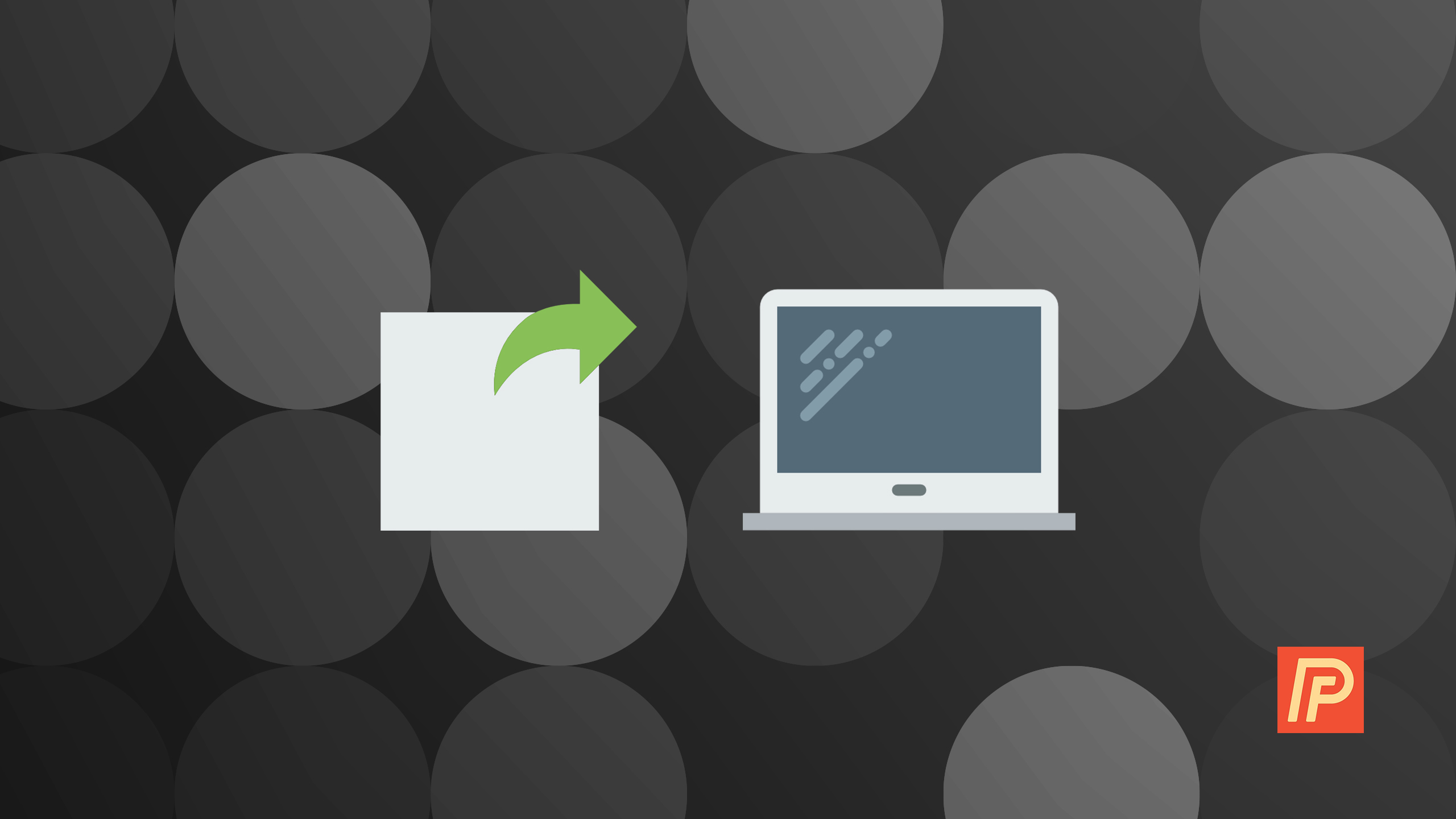

- #Open mac notepad on pc how to#
- #Open mac notepad on pc install#
- #Open mac notepad on pc driver#
- #Open mac notepad on pc full#
- #Open mac notepad on pc Pc#
And, unlike HFSExplorer, it offers full read/write access to Mac-formatted drives, so you can write to them from within Windows. It boasts improved speed, and we wouldn’t be surprised if it were faster than HFSExplorer.
#Open mac notepad on pc driver#
This tool installs a file system driver that allows you to access a Mac-formatted drive like any other drive in File Explorer, or any other Windows application with an open or save dialog. Paragon’s HFS+ for Windows is a bit fancier, but it’ll cost you. Option Two: Paragon HFS+ is $20, But Offers Write Access and Better Integration They’ll be copied to the location you choose on your PC. Just select the files or folders you want, click “Extract,” and choose a folder. You’ll see the contents of the HFS+ drive in the graphical window. Click the “File” menu and select “Load File System From Device.” It will automatically locate the connected drive, and you can load it.

#Open mac notepad on pc Pc#
To use HFSExplorer, connect your Mac-formatted drive to your Windows PC and launch HFSExplorer. You can set read-only mode in other applications, too–but, if you’re not going to use their write support, there’s less reason to pay for them. It ensures that no bug in the third-party driver can damage your Mac-formatted drive and the files on it. This application’s read-only nature isn’t necessarily a bad thing. dmg disk images to get at the files inside them. But you can open HFSExplorer, read a Mac-formatted drive, and copy the files to your Windows PC without paying a dime.
#Open mac notepad on pc install#
You can’t use it to write to Mac-formatted drives, and it doesn’t install a file system driver that integrates into File Explorer. HFSExplorer isn’t fancy, though, and doesn’t have a lot of features. Then, install HFSExplorer like you would any other Windows program. It does require Java, however, so you’ll have to install that first. It’s the only completely free way to access a Mac-formatted drive. If you only need to get a couple files off the drive, we recommend HFSExplorer.
#Open mac notepad on pc how to#
RELATED: How to Restore Files From a Time Machine Backup on Windows Option One: HFSExplorer Is Free and Basic But be absolutely sure there’s nothing you need before you do. Of course, if the drive doesn’t have any important files on it, you can go ahead and format it. Just don’t format the drive until you get the important files off the drive. That’s fine, because other applications do. This message appears because Windows doesn’t understand Apple’s HFS+ file system. You can use Font Book, available in the Applications folder on your Mac, to install fonts you purchase or download.When you connect a Mac-formatted drive to Windows, you’ll be informed that “you need to format the disk in drive X: before you can use it.” Don’t click the “Format disk” button or Windows will erase the contents of the drive–click “Cancel”! In the notification, click Show and choose a replacement font. When you open a document that uses fonts not installed on your computer, a missing font notification appears briefly at the top of the document. In the dialog, click a location in the sidebar on the left, or click the pop-up menu at the top of the dialog, then choose the location where the document is saved. Open a document stored somewhere other than your Mac (such as iCloud Drive): In Pages, choose File > Open (from the File menu at the top of your screen). Pages shows up to the last ten documents you opened.

Open a document you recently worked on: In Pages, choose File > Open Recent (from the File menu at the top of your screen). For a Word document, drag it to the Pages icon (double-clicking the file opens Word if you have that app). Open a document on a Mac: For a Pages document, double-click the document name or thumbnail, or drag it to the Pages icon in the Dock or Applications folder.

Create, rename, or delete a paragraph style.Bold, italic, underline, and strikethrough.Select text and place the insertion point.View formatting symbols and layout guides.Intro to images, charts, and other objects.


 0 kommentar(er)
0 kommentar(er)
